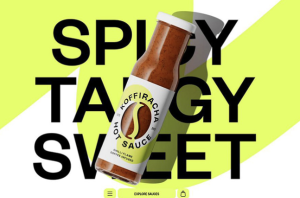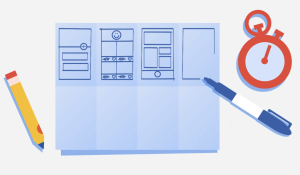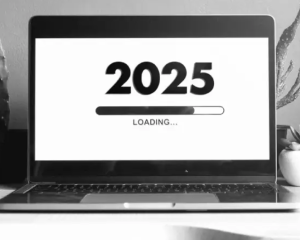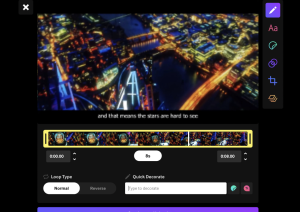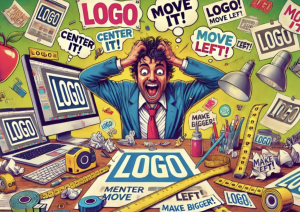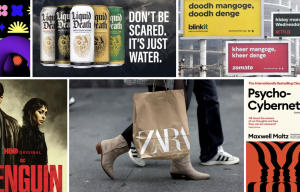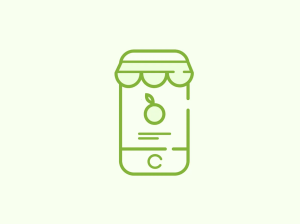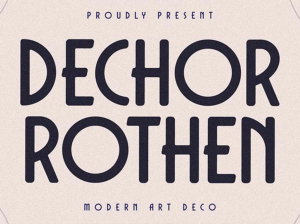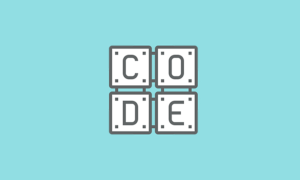The Role of Surprise in Effective Design
Think of any website you thought was so cool and it would undoubtedly feature a surprise element. Whether it’s an attractive animation, an interactive widget, or an uncommon layout, the designs that surprise you are the ones that stay in your memory.

